Search Results for Tag: Climate
Arctic oil: confrontations ahead?
The first oil from the controversial Prirazlomnaya offshore Arctic oil platform is on its way to Rotterdam. This, you will remember, was the oil rig where the Greenpeace “Arctic 30” were arrested by Russian forces last September during a protest. The Greenpeace ship Rainbow Warrior III is on its way to meet the tanker, the “Mikhail Ulyanov”, and protest against Arctic oil drilling. (The Greenpeace icebreaker Arctic Sunrise remains in the custody of the Russian Investigative committee, over six months after the action and four months since an official amnesty was adopted).
This oil transport marks the first ever shipment of Arctic offshore oil. Interestingly, it has been bought by the French oil concern Total SA. I remember the furore when the chief executive of that very company Christophe de Margerie, ruled out drilling in the Arctic in 2012 out of concern about the effect of a possible spill. Hm. Looks like it’s OK to profit from the oil as long as somebody else takes the risk. Although I seem to remember at the time that worry about the negative impact a spill in the sensitive ecosystems of the remote Arctic would have on the image of the industry as a whole played a role in the decision.
Greenpeace Captain Peter Willcox, a member of the ‘Arctic 30’ who was imprisoned in Russia for over two months after the protest at Gazprom’s Prirazlomnaya platform in the Pechora Sea last year, is at the helm of the Rainbow Warrior III. The organization is not saying much about what form the protest will take as yet. But presumably the risks of a drastic response like last year’s Russian crack-down are minimal in the North Sea. As far as the culture of dealing with protest in the Arctic is concerned however, a recent announcement by President Putin gives little reason for optimism. On April 23rd, the Barents Observer carried a worrying report headlined “Putin arms Arctic drillers” on a meeting between Putin and his top national security aides. It says Putin highlighted the need for an enhanced security presence in Russian Arctic territories to protect oil production facilities, loading terminals and pipelines “against terrorists and other potential threats”.
The same day Putin signed amendments in a federal law on the protection of oil and gas objects and infrastructure. It gives Russian oil companies the right to establish their own protection units. The Barents Observer quotes the newspaper Rossiskaya Gazeta as suggesting the companies might eventually hire “thousands of well-armed people, equipped with automatic weapons, vehicles, vessels and aircraft”, mostly former military personnel, police officers and special forces agents. Even if that proves to be slightly exaggerated: the thought of corporate armed units having the law in their own hands to squash anything that looks like opposition to Arctic development is a nightmare.
“This week’s Arctic speech from the Russian leader has a scope which goes far beyond imagined threats from potential terrorists. It also includes a major element of heightened inter-state tensions”, according to the Barents Observer. Given the current climate against the background of the ongoing Ukraine conflict, I have to share that concern. With the Russian leader stepping up the country’s military presence in the Arctic arguing that there is an “increasing conflict of interest between the Arctic coastal states” and that “the situation in the world is fraught with new risks and challenges to Russian national interests”, it is hard to be optimistic about the prospects for an Arctic future free of confrontation.
Empowering Arctic Youth
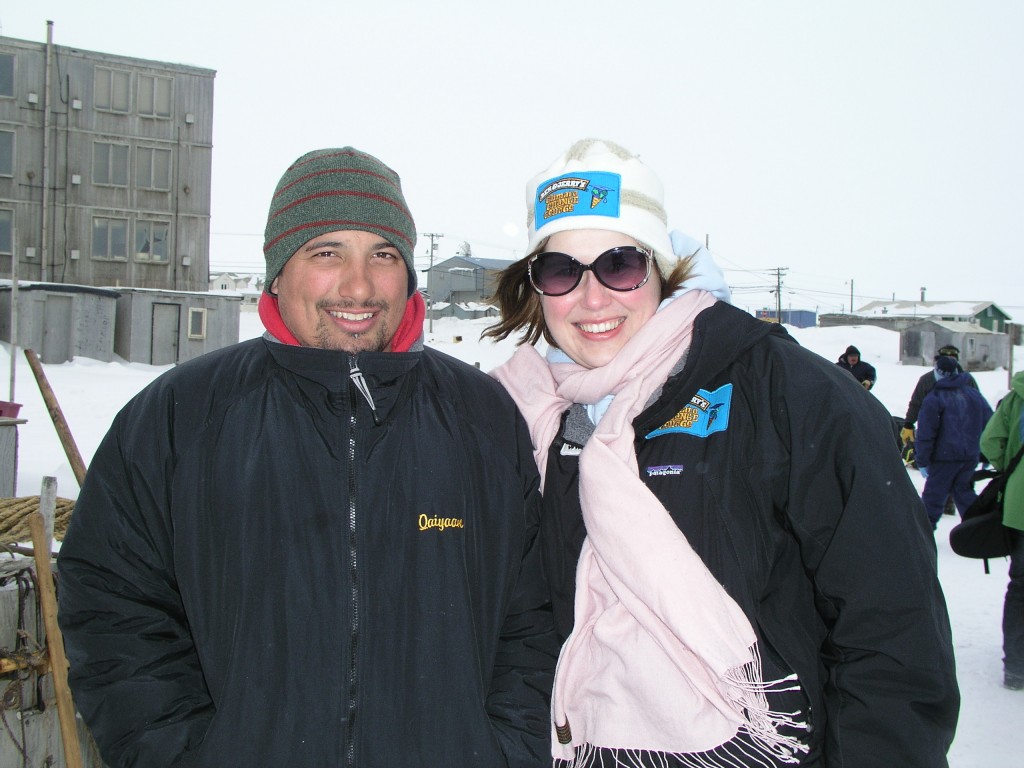
Cara and Kayan – “Give me a solar-powered snow mobile and I’ll use it” was the young Eskimo’s quip in Barrow, Alaska, in 2008.
Back in 2008, the Ice Blog was born when I was on a trip to Alaska reporting on the “Climate Change College”, a joint project by WWF and an ice cream company to interest young people in climate change. Young climate ambassadors from Europe had won a trip to Arctic Alaska to find out first hand about the impacts of climate change – and to meet with young people in the region. I am still in contact with some of the ex-ambassadors, who are continuing to make contributions to climate and environment protection in their careers and everyday lives. Cara Augustenborg in this photo is a successful academic, entrepreneur and Green Party candidate in Ireland. Kayan, I wonder if you are still in Alaska and if you ever got yourself an environment-friendly means of transport?
Anyway, I have Elías Thórsson from the Arctic Journal to thank for drawing my attention to a new youth project inside the Arctic: YAC, the Youth Arctic Coalition. It sees itself as “Youth collaboration to address environmental, economic and social challenges and opportunities in the Arctic”. The latest edition of the Arctic Journal has a story by Elías on the group and the need to include young people in decisions on Arctic issues, headlined “Carpe Arcticum”.
Indeed, the Arctic is one of the fastest changing places on the planet. With countries as far away as China or Japan making their interest(s) plain, what happens in the Arctic today will have a huge impact to the region future generations in the High North will inherit.
During my latest visit to Arctic Norway in January, young protesters in Tromso told me of their fears about the environmental impacts of Arctic oil drilling. During visits to Alaska, I spoke to young Inupiat residents who were more concerned about jobs and hoping to continue to benefit from wealth from the oil industry. In Greenland, some of the youngsters I spoke to were torn between concern about the melting ice and changes to the lifestyle they had grown up with, and the hope that climate change might bring jobs and prosperity to their Arctic island.
The YAC, which held its inaugural conference in February, is trying to bring young people from across the Arctic together to have their say in what is happening. It is not an easy task, as Elías explains in the article. Clearly, views amongst young people will cover as wide a spectrum as those of any other generation. But they will be united in their interest in looking beyond the short-term interests which influence business and politics today.
So good luck to YAC and here’s hoping your organization will attract a lot of interest. And that it will inspire a lot of active participation to shape a sustainable future for the Arctic and represent the interests of coming generations in a region in danger of losing its identity amidst the ever-faster changes caused by a warming climate.
Greenland’s icecap losing stability
Catching up on the last few weeks of icy news after a spring holiday, my eye was caught by an item by Tim Radford from the Climate News Network, dated April 13th. I quote: “Greenland is losing ice from part of its territory at an accelerating rate, suggesting that the edges of the entire ice cap may be unstable”. This caught my attention not just because anything relating to Greenland tends to do that, but because the development could have major significance for the future world climate and sea level- and because it doesn’t seem to have made its way into the mainstream media at a time when sensitivity to the issue should have been high after the IPCC report.
The Greenland ice sheet is the largest terrestrial ice mass in the northern hemisphere. Radford draws attention to a study in Nature Climate Change by Shfaqat Khan from the Technical University of Denmark and colleagues, which indicates that the ice sheet could be melting faster than previously thought. This would mean Greenland’s contribution to sea level rise has been under-estimated (once again!), and oceanographers may need to think again about their projections.
The scientists used more than 30 years of surface elevation measurements of the entire ice sheet to discover that overall loss is accelerating. Previous studies had identified melting of glaciers in the island’s south-east and north-west, but the assumption had been that the ice sheet to the north-east was stable, Radford writes:
“It was stable, at least until about 2003. Then higher air temperatures set up the process of so-called dynamic thinning. Ice sheets melt every Arctic summer, under the impact of extended sunshine, but the slush on the glaciers tends to freeze again with the return of the cold and the dark, and since under historic conditions glaciers move at the proverbial glacial pace, the loss of ice is normally very slow.”
But with global warming, Greenland’s southerly glaciers have been in retreat and one of them, Jakobshavn Isbrae or Sermeq Kujalleq, is now flowing four times faster than it did in 1997. I first reported on this during a trip to Greenland in 2010, and have presented various new studies on it here on the Ice Blog since.
The new research by the Danish-led team considers changes linked to the 600 kilometre-long Zachariae ice stream in the north-east, using satellite measurements. It has retreated by some 20 kilometres in the last DECADE, whereas Sermeq Kujalleq has retreated about 35 kms in 150 years. The Zachariae stream drains around one-sixth of the Greenland ice sheet, and because warmer summers have meant significantly less sea ice in recent years, icebergs have more easily broken off and floated away, which means that the ice stream can move faster. “North-east Greenland is very cold. It used to be considered the last stable part of the Greenland ice sheet,” said one of the team, Michael Bevis of Ohio State University in the US, in an interview with the Climate News Network.
“This study shows that ice loss in the north-east is now accelerating. So now it seems that all of the margins of the Greenland ice sheet are unstable.”
The scientists used a GPS network to calculate the loss of ice. Glacial ice presses down on the bedrock below it: when the ice melts, the bedrock rises in response to the drop in pressure, and sophisticated satellite measurements help scientists put a figure on the loss of ice. They calculate that between April 2003 and April 2012, the region was losing ice at the rate of 10 billion tons a year.
“This implies that changes at the margin can affect the mass balance deep in the centre of the ice sheet,” said Dr Khan. Sea levels are creeping up at the rate of 3.2 mm a year. Until now, Greenland had been thought to contribute about half a mm. The real figure may be significantly higher, according to the report.
This is a very worrying development, but it seems to me it did not get a lot of public attention. This brings me back to the question of the discrepancy between what we know about the impacts of climate change and the widespread lack of political and consumer action. (See my article Denial or Disconnect: Why don’t we act on climate change?)
Are people sticking their heads in the sand (or melting snow)? Have we just been assured so many times that the Greenland ice sheet will never melt that we don’t sit up and take notice? Is it too far away in time and space to bother us? Are too many people giving up and resigning themselves to the fact that climate change is inevitable? Is it just so much easier to hold on to the status quo instead of having to make changes to our 21st century lifestyles?
Eco-group questions Iceland oil
Back in January, China’s state-owned oil company CNOOC obtained an Arctic exploration licence for the remote Dreki area, 125 miles off the north coast of Iceland. Iceland has very close relations with Beijing. When I interviewed the Foreign Minister Gunnar Bragi Sveinsson at an event in Tromso earlier this year, he told me:
“We have a very good cooperation with China. We hope our Free Trade Agreement will be fully implemented in the summer. China is a very big player in the world economy. They are showing interest in the Arctic, interest in western Europe, and we treat them like anybody else in the world. As long as they play by Icelandic rules, Icelandic law, we don’t worry. I see opportunities in working with China, no threats”.
I was interested to come across a short item by the news agency AFP about a group that sees Arctic development a little differently; the Iceland Nature Conservation Association. Their opposition has nothing to do with the fact that China is investing in the region, but with the basic fossil fuels-climate paradox. The agency quotes the chairman, Arni Finnsson:
“Iceland should not bet on oil at a time when it is doubtful that humanity can reach its (greenhouse gas) goals.”
Apart from the climate implications, Finnsson says oil production in the area envisaged by CNOOC along with Icelandic firm Eykon Energy and Norway’s state-owned Petoro is unlikely to be cost-efficient. The cost factor is one analysts say will play the key role in determining whether offshore oil exploration in the Arctic will be viable, as discussed on various occasions here on the Ice Blog.
Iceland is still recovering from the financial crisis of 2008-2009 and hopes to follow in neighbouring Norway’s footsteps and build a lucrative oil industry. “That is the hope,” Thorarinn Sveinn Arnarson, who heads the hydrocarbon licensing department at Iceland’s national energy authority, told AFP. “If something is found that is economically viable there would be tax benefits and of course all the other things, job creation and technical capacity like we’ve seen in Norway and in the Faroe Islands.”
But experts warn that this vision could be some way off if it ever materialises. Dag Claes, a leading oil and gas expert at the University of Oslo, stresses the remoteness of the area. He also draws attention to the problems of developing a suitable infrastructure for an oil industry in this part of the world, a problem I wrote about here on the Blog recently. You might also like to check out the article: Are we prepared for a catastrophe in the Arctic?
First World Wildlife Day and the Arctic
Maybe like me you were not aware that up to now there had been NO World Wildlife Day. Sometimes I have the feeling every day on the calendar must have been designated the day of several different causes. In fact, the UN only decided in 2013 that March 3rd 2014 should be the first World Wildlife Day. As I have commented on similar occasions here on the Ice Blog, the danger of these “international day of whatever” events is that the inflation can actually detract attention. Nevertheless, these designated days can be an opportunity to focus on particular topics. World Wildlife Day is a fine chance to remind ourselves once again of the need to protect biodiversity, especially in such a key region as the Arctic, which is being affected so drastically by climate change.
The Convention on Migratory Species of Wild Animals (CMS), a UN body with its headquarters in Bonn, plays a key role in wildlife protection. Given that animals do not recognize human-designated national borders, wildlife protection has to involve international cooperation, which is what CMS does. Bradnee Chambers is the Executive Secretary of CMS. He gave me this message for the Ice Blog on World Wildlife Day, focusing on that most famous of all Arctic creatures, the polar bear :
“The Arctic is extremely fragile and changes to its ecosystem from climate change will have irreversible consequences on migratory species such as the polar bear. We must stabilize global green gas emissions before the polar bear literally loses the very ice beneath its feet.” I can only wholeheartedly agree. And what is true of the polar bear, is true of so many other species. Let me quote at length from an article Bradnee Chambers has written:
“The largest terrestrial predator on Earth is losing the ground under its feet. Polar bears used to dominate the expanse and loneliness of the Arctic, which can seem unaffected by human presence so far. However, appearances deceive. The polar bear is now a symbol if the many species whose survival is at risk because of the effects of climate change and pollution.
The antics of Knut the polar bear cub in the Berlin Zoo touched the hearts of the German public and won him fans all over the world. The polar bear might look cute and cuddly, making it a perfect icon for Coca-Cola and many other organizations that wish to use its iconic recognition value to promote their cause or product. It is, in fact, a ferocious predator that spends much of each year on the sea ice hunting and, in the process, covers distances of up to 620 miles (1,000 kilometers). But the polar bear is also a vulnerable species listed on the International Union for Conservation of Nature’s (IUCN) Red List — one that requires constant attention and sound conservation management humanity is to ensure the polar bear’s existence for future generations.
There have long been concerted, international efforts to conserve the polar bear, and the Polar Bear Agreement meeting in Moscow in December 2013 celebrated 40 years of collaboration among the five nations where polar bears exist — namely Canada, Greenland (an autonomous community that is part of Denmark), Norway, the Russian Federation and the United States. The meeting attendees agreed on a declaration promising to beef up the monitoring of these animals and the assessment of their status, and to commit to working toward developing a polar bear action plan for the next meeting of these countries in two years’ time.
Nevertheless, these countries admitted in 2009 that climate change was the main threat that needed to be tackled. Early indications from that time were that the individual conservation efforts of the five countries were beginning to bear fruit, with most polar-bear populations at least stable — with a total of 20,000 to 25,000 individuals in the wild. But all of these hard-won advances could easily be lost if Arctic ice continues to diminish.
The Convention on Migratory Species (CMS) and its Scientific Council have been examining the effects of climate change on migration for years and, in 2011, passed an unequivocal resolution — “Migratory Species Conservation in the Light of Climate Change” — identifying the polar bear as one of the species most threatened by climate change. (…)
Climate change, which is leading to reduced ice cover and the thawing of permafrost, is not the only factor having detrimental effects on polar bears. Increased economic activities, such as oil and gas exploration and exploitation, and shipping, are also taking their toll. As apex predators, polar bears are vulnerable to environmental pollutants, and post-mortems have shown dangerous levels of mercury and other toxins in the animals. These pollutants even affect newborn cubs, which ingest the poisons in their mothers’ milk. Governments have to strike a fine balance: How are they to protect a fragile environment and forsake economic opportunities while exploiting much needed natural resources and creating jobs and wealth? The choices made often make the prospects for the polar bears bleaker, with fewer places for them to hunt and build dens in which to raise their young. The CMS is a global treaty whose parties have committed to working together to conserve the hundreds of species listed on its appendices. These range from the blue whale to the monarch butterfly to gorillas, whose territories straddle the borders of the Democratic Republic of the Congo, Rwanda and Uganda, and the arctic tern, which covers hundreds of thousands of kilometers in a lifetime in its pole-to-pole migrations. As a worldwide convention, CMS has the breadth to deal with species such as the polar bear in the context of climate change, adding a global perspective to conservation policies. The convention is used to dealing with multiple threats — such as pollution, climate change and environmental degradation — and it is recognized as the Convention on Biological Diversity’s lead partner on the conservation and sustainable use of migratory species. It has a catalog of more than 30 years’ worth of wide-ranging policies and a track record of fostering international cooperation.
At the International Forum on the Conservation of Polar Bears — which was held in December and attracted high-level participation, including from Russian Environment Minister Sergei Donskoi and his Canadian counterpart, Leona Aglukkaq — delegates were confronted with a disturbing prediction: The polar-bear population could fall by as much as two-thirds by 2050. Nations need to take action now, and the bears need all the friends they can get. CMS is ready to play its part if its parties agree to include the polar bear under its appendices.”
Bradnee Chambers’ article is available in full on LiveScience.
In a video message to mark World Wildlife Day, UNEP chief Achim Steiner says wildlife is too often thought of as a threat to development. He stresses that it is not just the big iconic animals we need to worry about. He stresses how biodiversity is essential to support life on earth. This biodiversity is under threat from climate change and pollution all round the globe – and especially in the rapidly changing and developing Arctic.



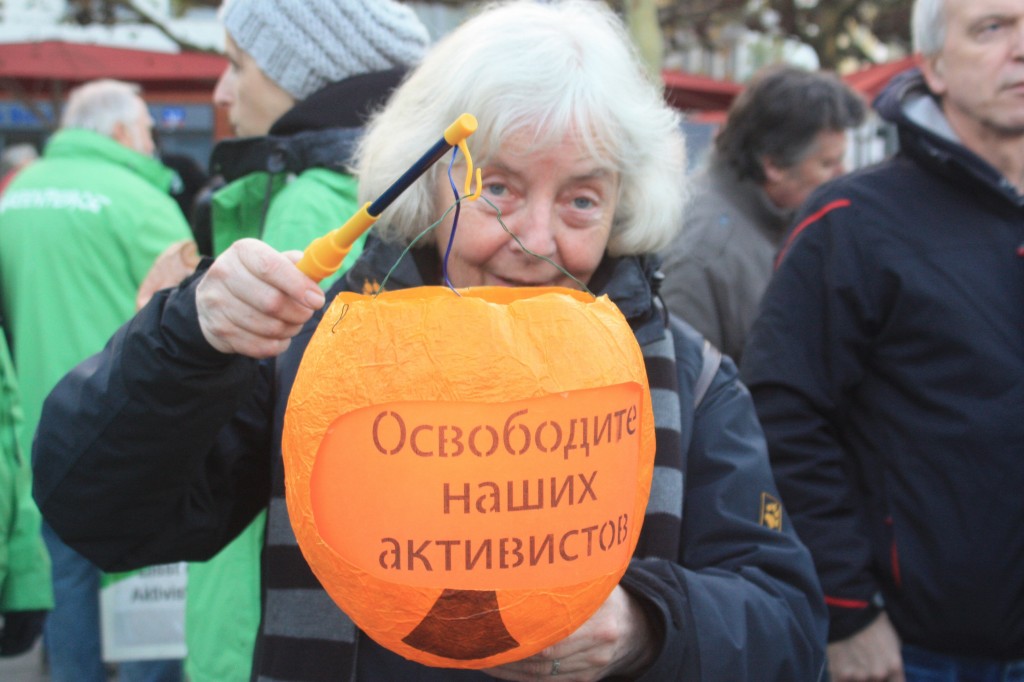
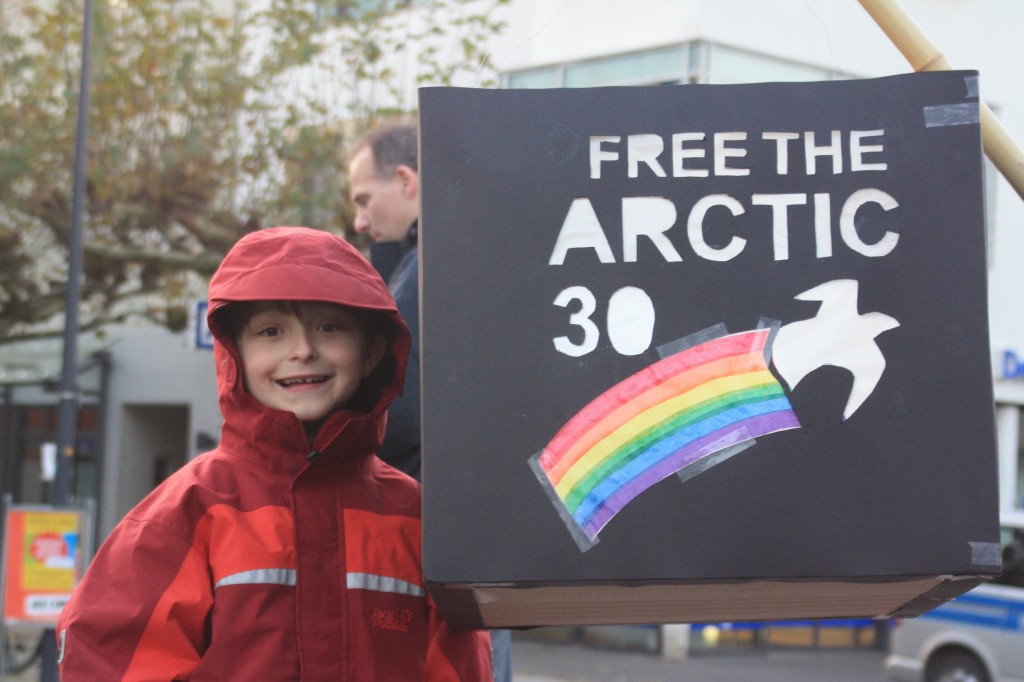

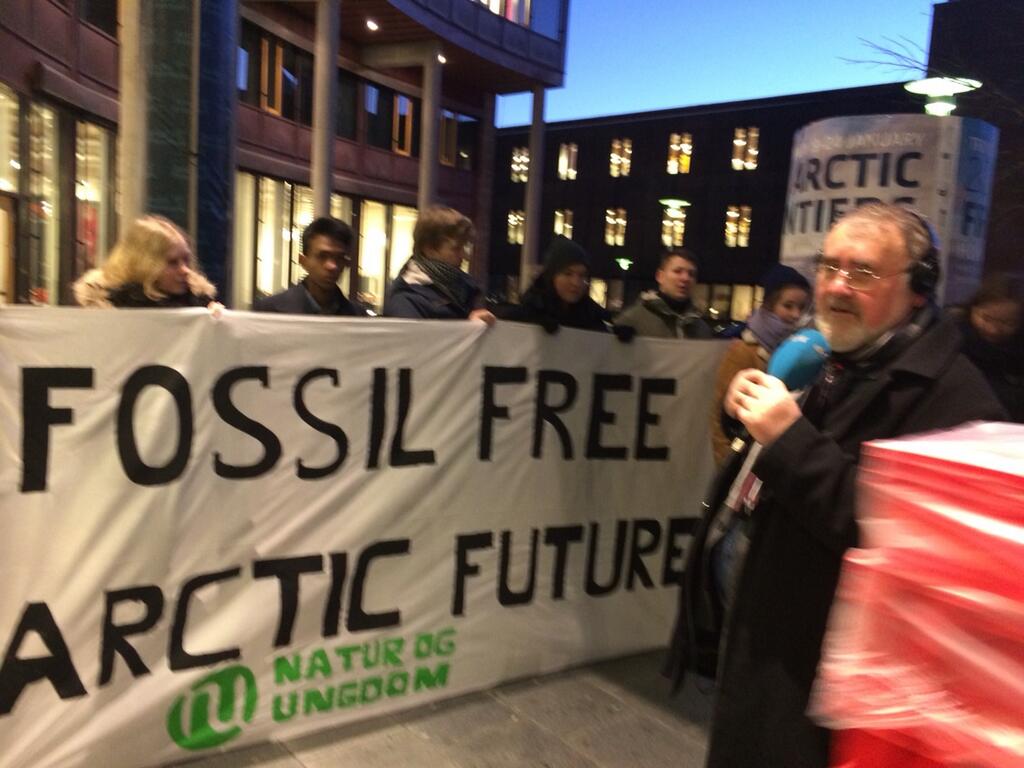
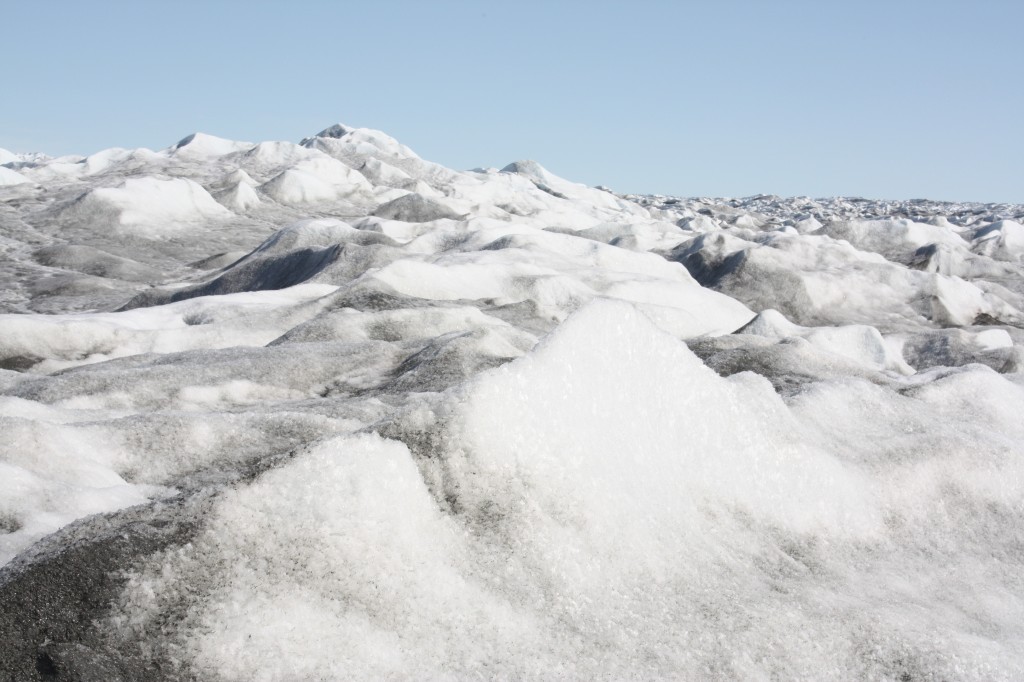
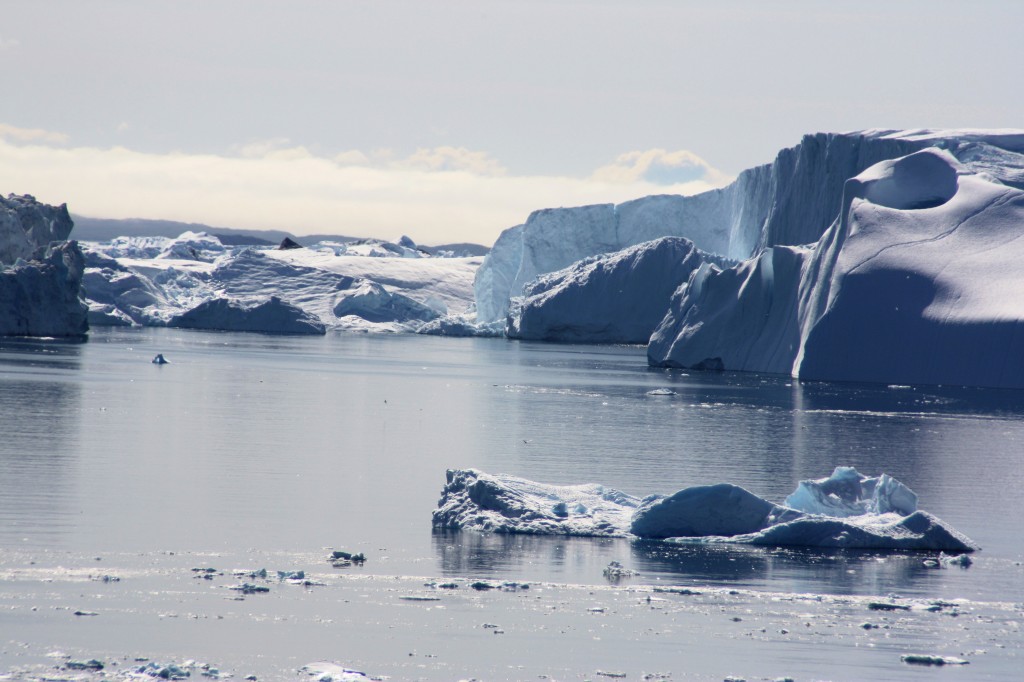
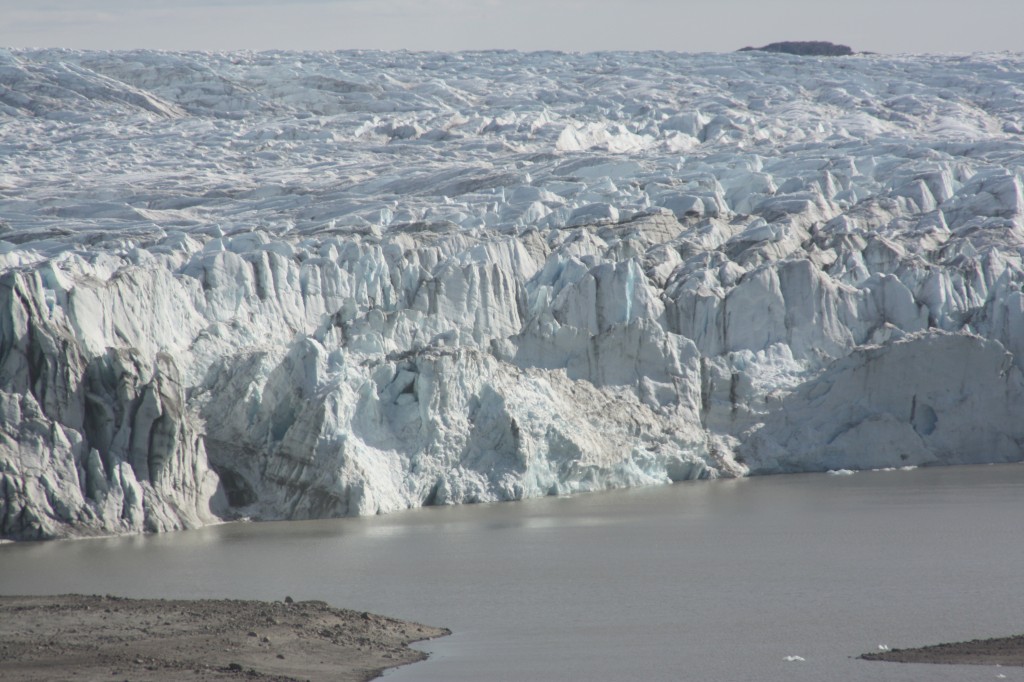
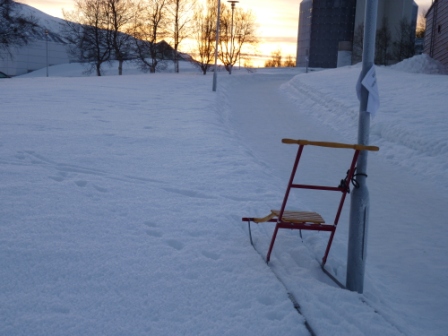
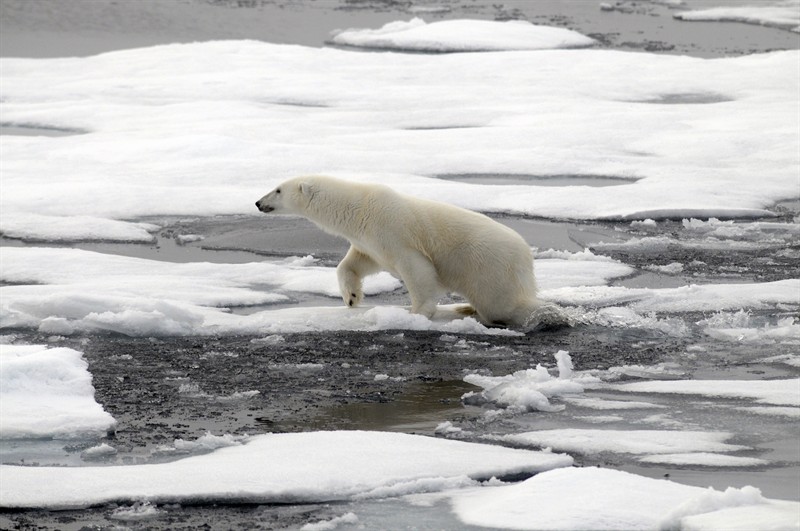
















Feedback